Now that you’ve read Busan on a Budget, here’s my advice on where to go and what to do while in Busan.
Beomeosa Temple
At over 1,300 years old, Beomeosa Temple, which was built in 678AD, is Busan’s oldest zen Buddhist temple. Its ancient artifacts epitomise Korean buddhist architecture and design. The Golden Well is located at the summit of the mountain on which the temple is located. The waters of the Golden Well are believed to possess magical powers – a golden fish came from heaven to live in its waters – and so it is believed that the waters never dry up. That’s how the temple was given its name, which translates to ‘Heavenly Fish’. Don’t miss: the seven story stone pagoda, which is guarded by the statues of four heavenly kings; the main temple hall, which is called Daeungjeon and is National Treasure no. 434; as well as the ‘three wise buddha’ statues – these are the buddhist version of the Japanese three wise monkeys.
How to get there: From Beomeosa subway station, walk along the road between exit 5 and 7 for about five minutes until you reach Samsin bus stop. Bus 90 stops outside the temple ticket office.
Taegeuko Village
Taegeuko Village is nicknamed the ‘Lego Village’ due to the brightly coloured cubicle houses, which rest on the hillside of this quaint neighbourhood. The village is a direct product of a time when space was hugely sought after but widely unavailable. Few, if any, of the houses have gardens, cultivating pot plants seems to be the most popular alternative. If you wander around you may happen upon a small playground or park. Take some time to sit on a bench admiring the surrounding picture-book scenes. Taegeuko is in sharp contrast to other neighborhoods of Korea and Busan, which are overcrowded with uniform high rise buildings reminding one of a scene from Bladerunner. The village came about in an interesting manner Refugees who followed the Taegeukdo religion settled here during the Korean War (1950-1953). Taegeukdo was founded at a time of social and political tumult with which Korea was well acquainted during the fist half of the 20th century. The religion proposes that the taeguk – the yin and yang symbol that permeates Korean culture and belief – truly represents the dynamic of nature and the mysteries of the universe.
If the vibrant matchbox houses do not offer enough delight to your eyes, the neighbourhood recently underwent an urban rejuvenation project. While it has retained its natural appeal, it has been transformed into an arts and culture village. The neighbourhood was home to around 20,000 residents during the 1980s. Now its population has decreased by about half. The empty homes have been redesigned into galleries and book cafés to prevent dilapidation of the area, while an art initiative was undertaken by local students and artisans to produce statues and murals along its narrow, winding lanes. Every alleyway contains innumerable aesthetic pleasures for the keen observer. An enthusiastic local give me a personal tour during which he pointed out that some of the houses are being renovated into apartments that can be rented by tourists. Their wooden terraces boast the area’s prime location on the hillside and allow you to see the port on one end and Busan Tower on the other.
How to get there: From Toseong subway station, take village bus 2 and get off at Gamjeong Elementary School. You’re here.
Taejongdae
Taejongdae is a cliff hanging park facing the open sea on the southernmost tip of Yeongdo-gu island. It is designated as a Busan monument and is especially famous for its rock beach. You can stroll in the forest where you will encounter up to 200 varieties of trees. Beneath the lighthouse is Sinseon Rock, named after the myth that gods and goddesses came here to relax. From the observatory you may see Japan’s Daema Island on a clear day. I took a ferry ride (KRW10,000) around the island to witness its charm firsthand.
How to get there: take bus 88 or 101 from Busan subway station.
Yonggungsa Temple
Serenely perched on a rock, Yonggungsa Temple resembles a contemplative monk looking seaward. The temple opens at 04:00 according to Buddhist ritual. It’s the ideal location to watch the waters of the east sea turn gold, while the waves mingle with melodious mantras. It attracts many pilgrims and tourists throughout the year, but especially around the New Year when they come in hope of fulfilling the temple’s motto: “At least one of your wishes will be answered here through your heartful prayers”. The temple, dating back to the 14th century, has a golden statue of the pot-bellied Buddha, as well as a dragon and four lion statues. This is probably one of the most beautiful temples at which to do a temple ttay.
How to get there: take city bus number 181 from the Haeunde area. Alternatively there is a daily shuttle bus from Busan Station (in front of Saemadang Wedding Hall) at 09:10.
Move over Macy’s
If you have time to spare visit the world’s largest department store – Shinsegae Centrum City. The 293,905m² of retail space will satiate any shopaholic’s desires. It also boasts a beautiful spa, relaxing roof garden, impressive 60-tee golf driving range and an ice rink. A 10-minute walk away you’ll find the Busan Museum of Art. Admission depends on the current exhibition. Lotte department store (at Seomyeon Station) has magnificent views of the port and Busan tower from its rooftop zen garden.
How to get there: You’ll find Shinsegae at the Centrum City subway station on subway line 2.





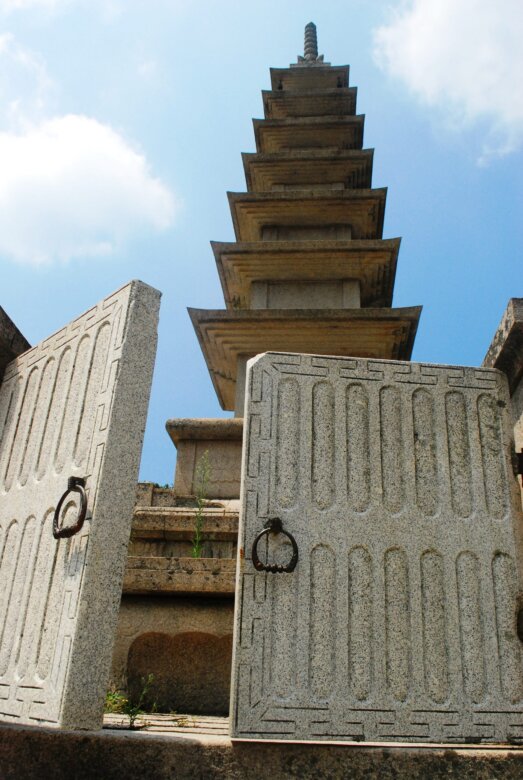
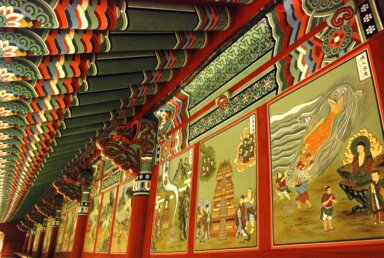

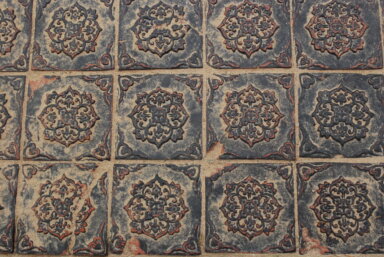
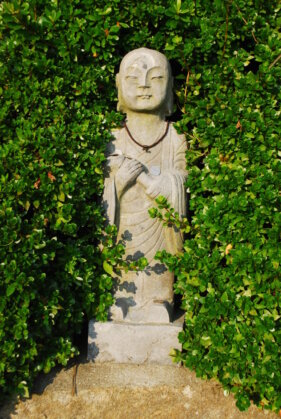
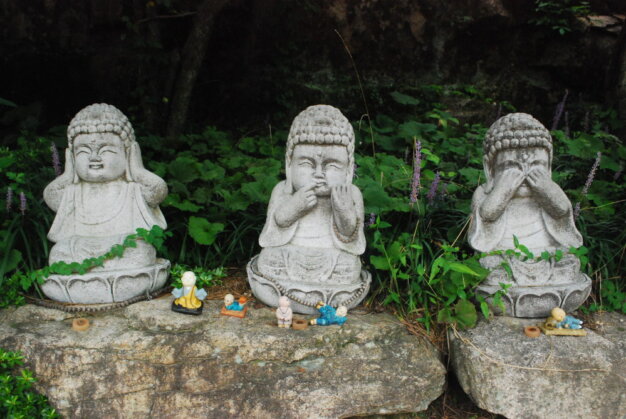

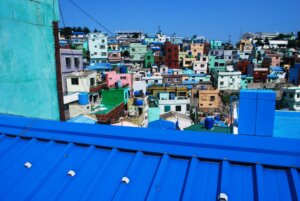
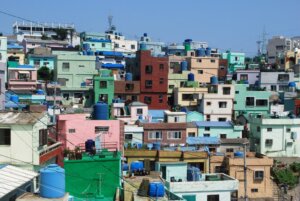
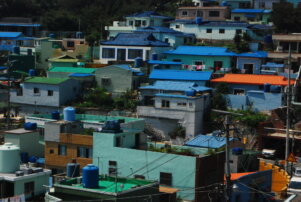
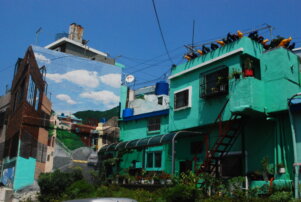
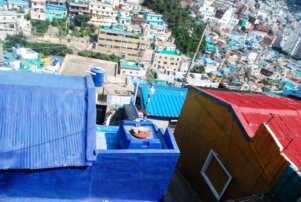
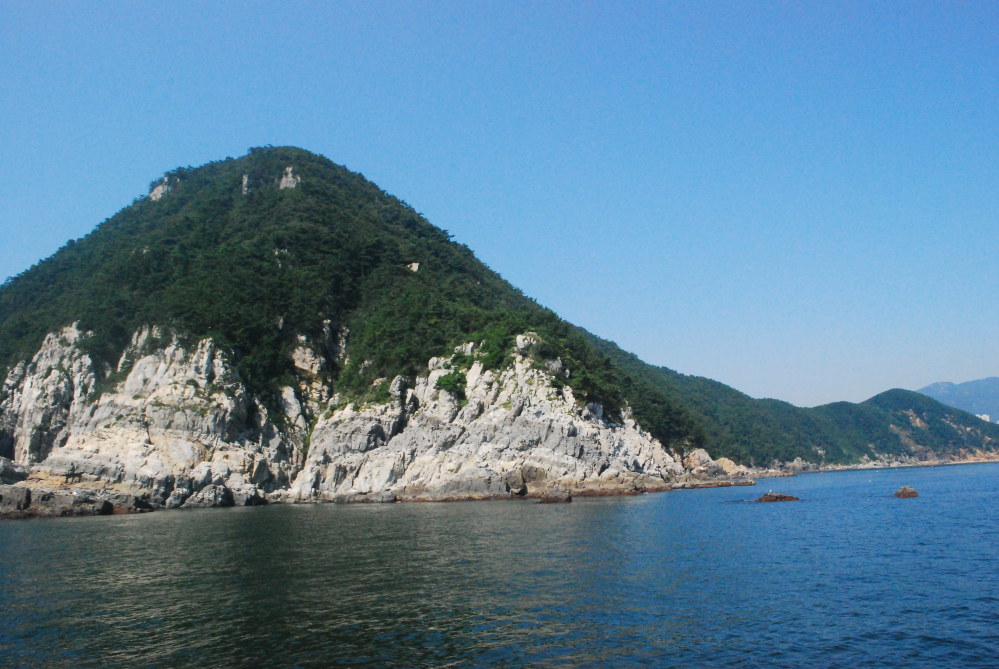
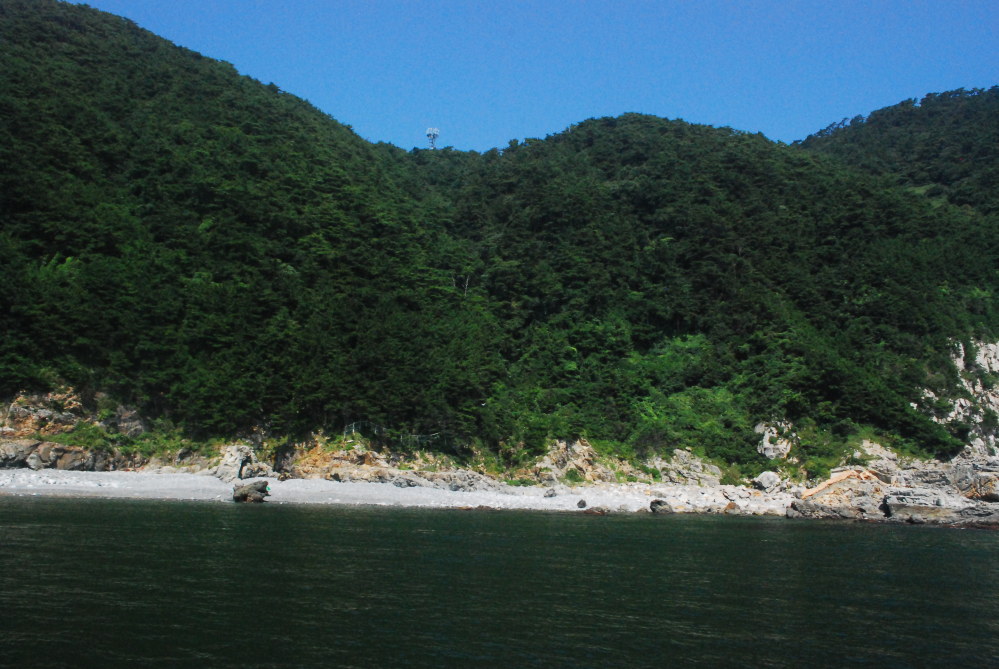
I very admire you.I’m Vietnamese. My name is Anh.Can we be friends I always want to go to South Korea.
Of course, although I am no longer in South Korea; I’m now in South Africa. I suggest visiting South Korea if you have the chance. I was hoping to visit your beautiful country but unfortunately I had to change my travel arrangements due to the floods two years ago. I still have the travel guide though and WILL visit it one day in the future. Where in Vietnam are you from? :)